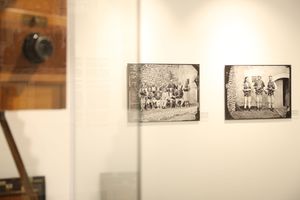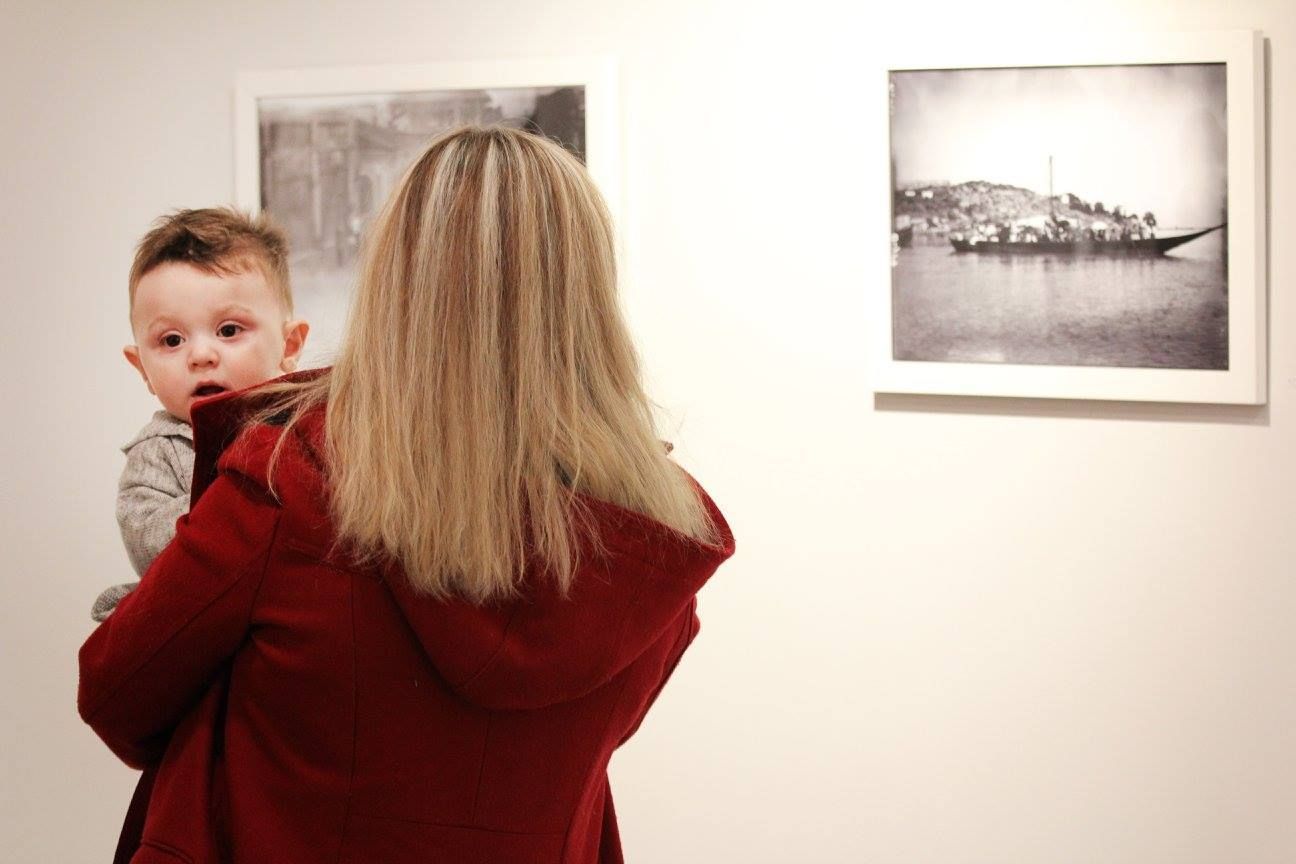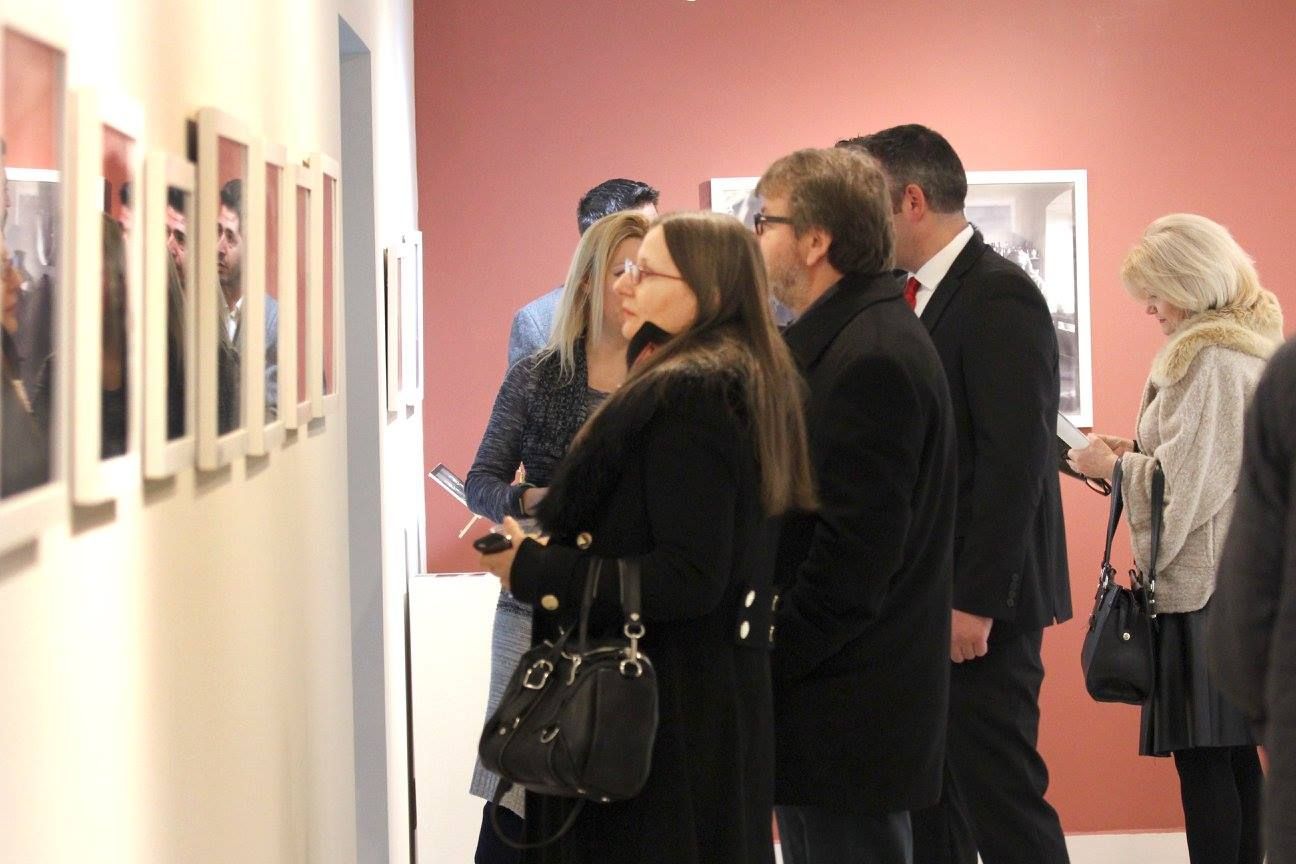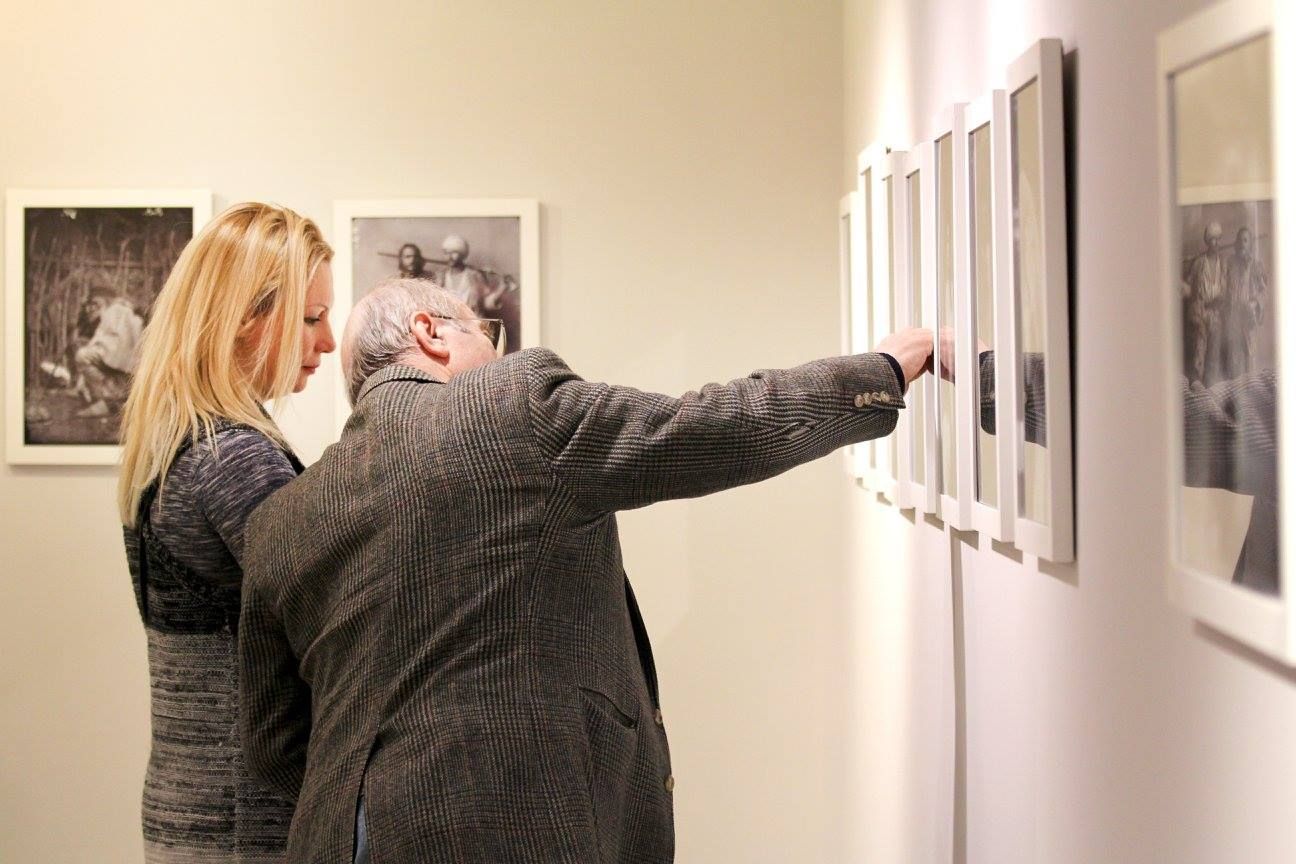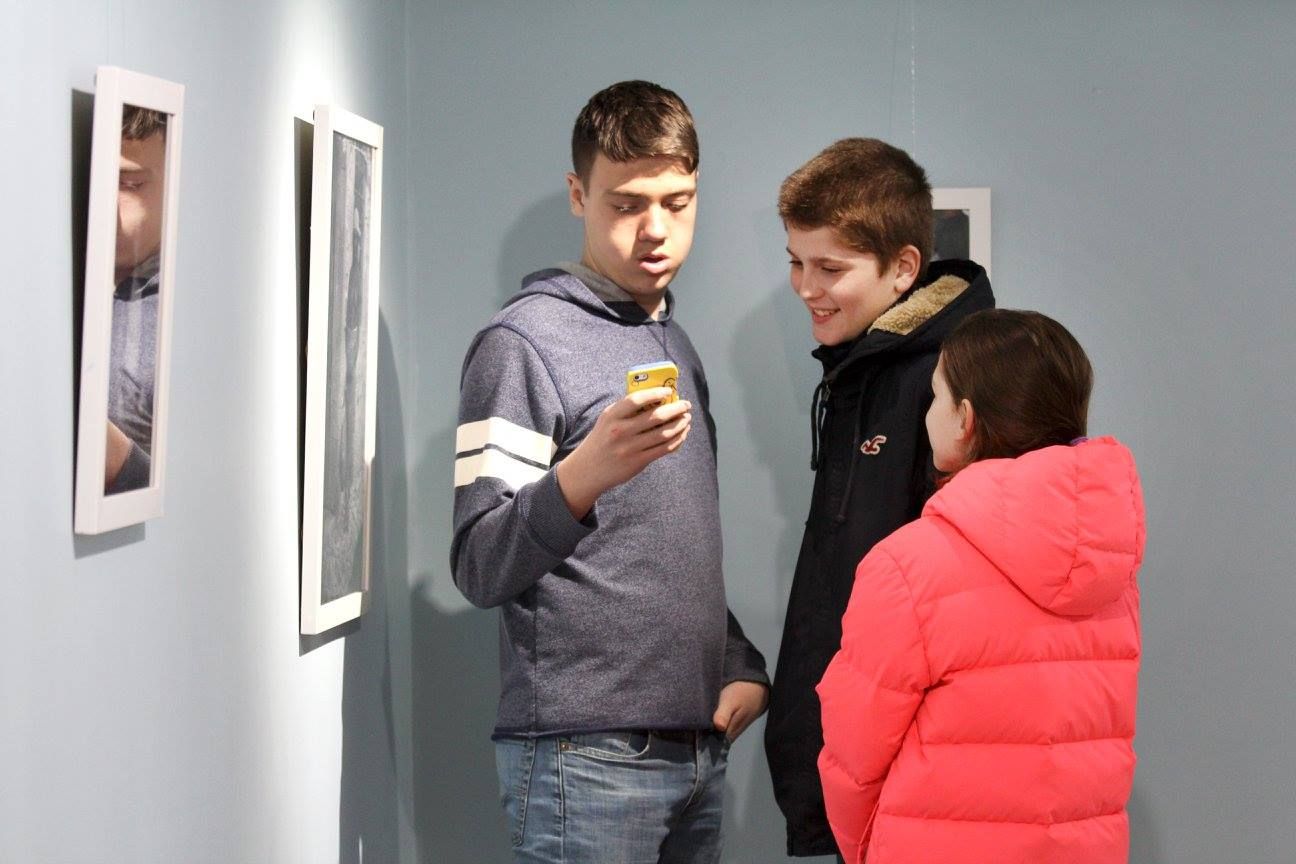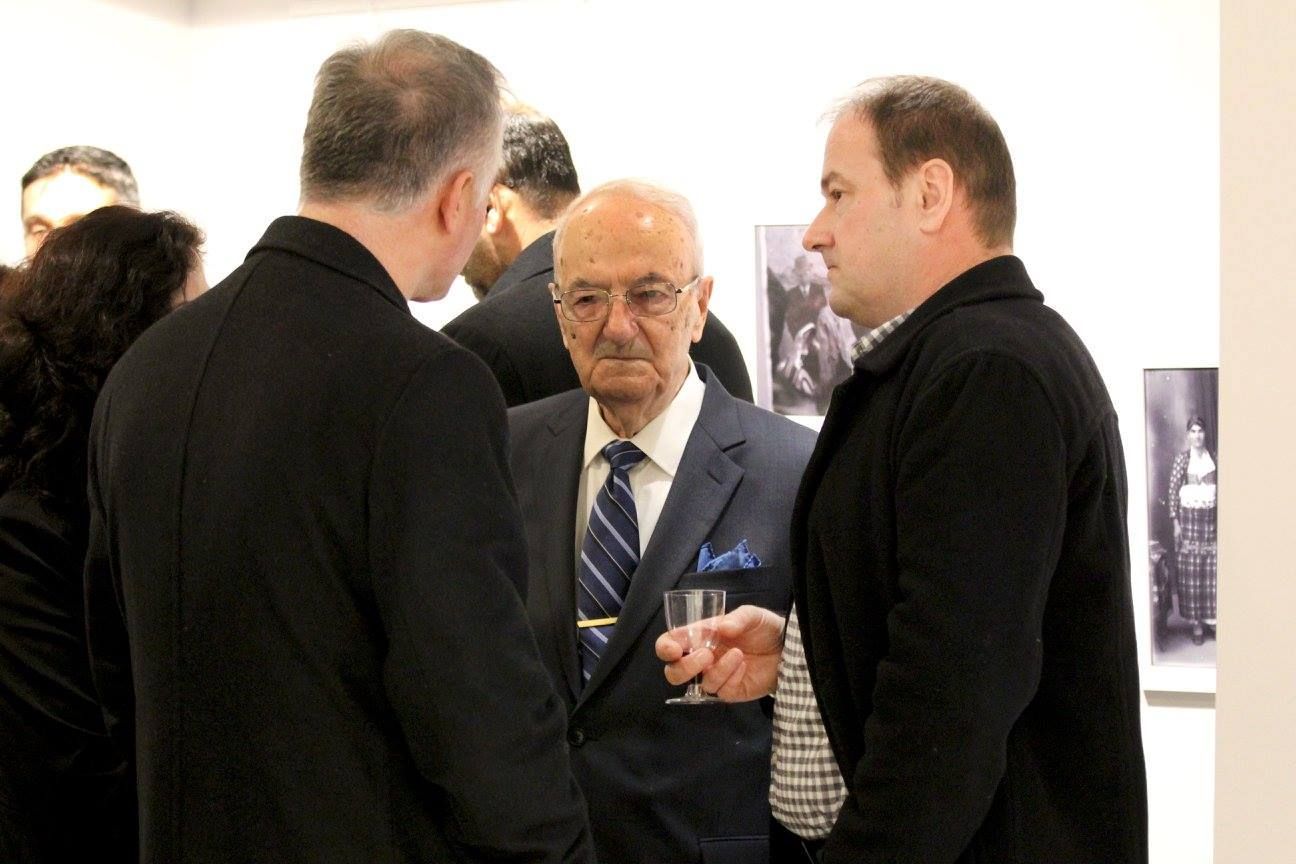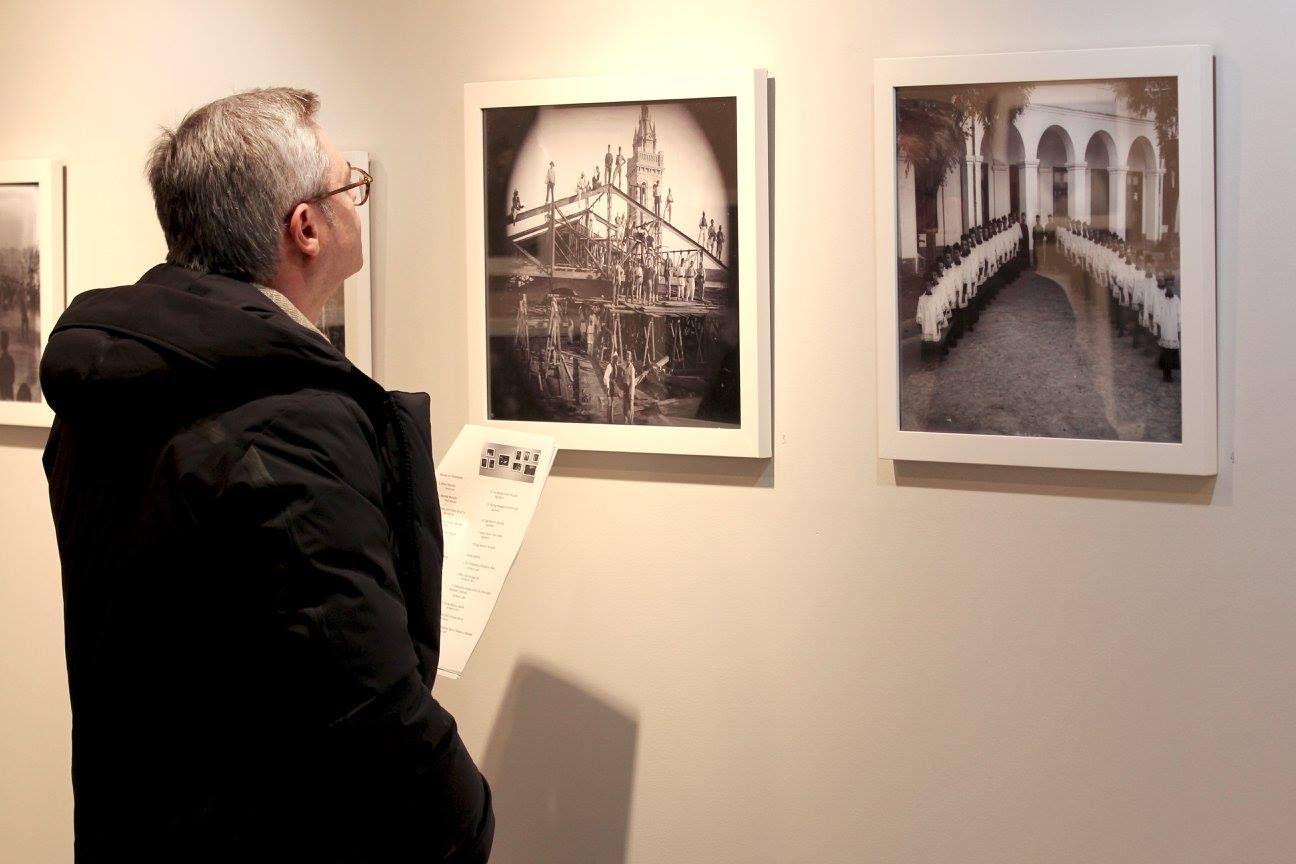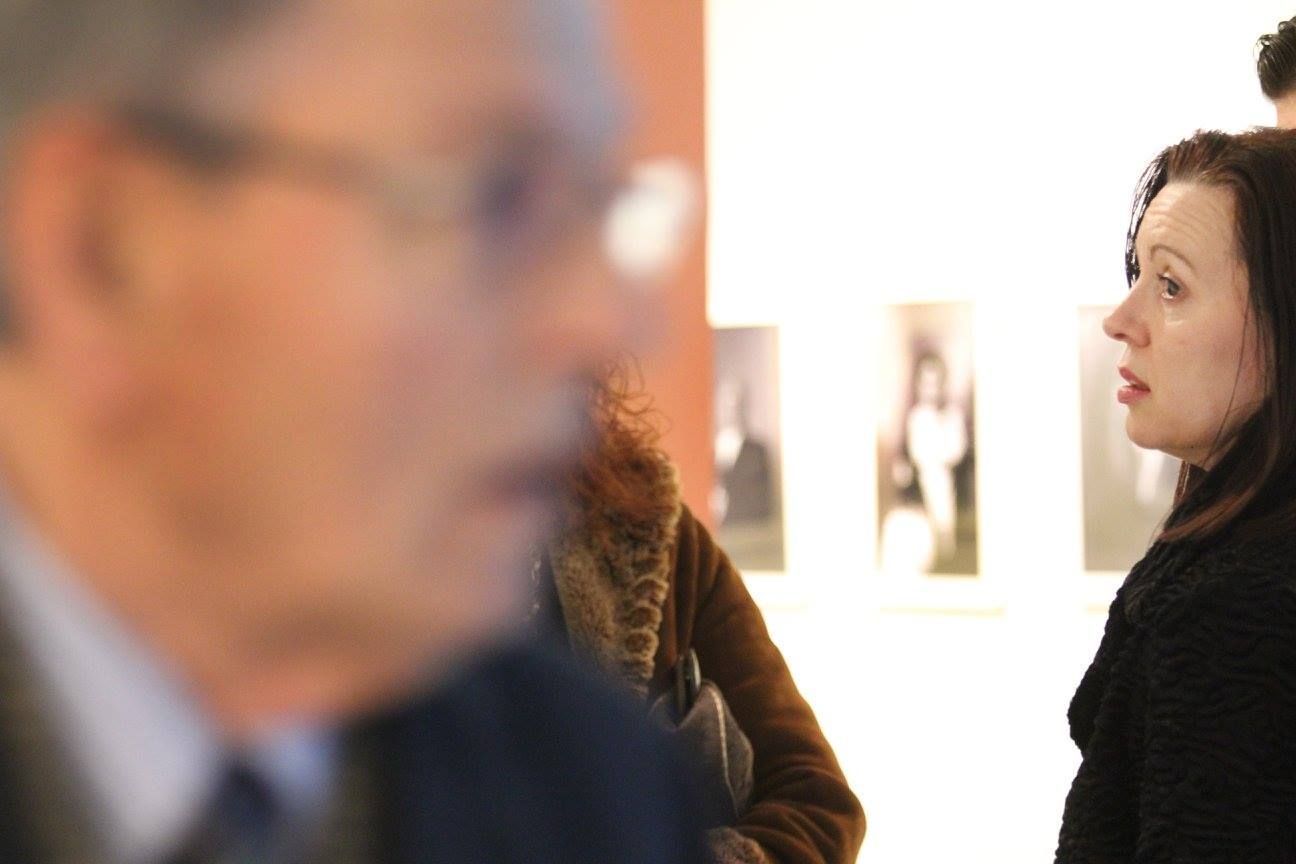Marubi: Life in Images
–
Marubi Museum is one of the most precious treasures of Albanian heritage. Its earlier origin is on 1856 from the Photo-Studio Marubbi, born at the same time with the other photographic ateliers all over the world. It’s the Italian Pietro Marubbi who has the illumination of bringing and planting the photography properly in Shkoder, the place where came to a halt his runaway or migration. This city set on the edge of the ottoman empire, benefited of the people’s desire for communication, openness and, of course, of its geographical position with its rivers, lake, sea, mountains and ...neighbours. Everything was by its borders. A city where human relation derived also from different fields: handicraft, commerce, navigation, agriculture and from the newcomers it kept.
His earlier photos were realized in wet collodion technique and after 1880 he started to use the technique of dry gelatin on glass. Shkodra became for him the habitat which transformed the eyes of a newcomer into the eyes of a native, even to the point of inheritance. Not having children, he became the father in photography of two Albanian boys called Matì and Kel. They continued with persistence to pursue the adventure in the field of photography. After the precocious death of Matì, the photography goes on by the youngest brother Kel. After the decease of Pietro Marubbi, the studio was inherited by Kel Kodheli. He was the son of Rrok Kodheli but by the people of the city he was called Keli of Marubi. He kept this surname in honor of the great master. Having inherited the studio and the master surname, in 1907, Kel turned the name of Photo-studio to Dritëshkroja (Light writing) “Marubi”. He had an admirable and sociable character that made him a close friend of the most outstanding leaders, intellectuals, writers and artists of Albania. Many of them became the subject of his camera and he knew how to characterize them. Typical of his photographic work are the narrative-symbolic compositions staged in his atelier. After the death of Kel, the tradition of the studio is followed by his son Gegë Marubi (Kodheli), who had studied photography at the first school of film and photography of Lumière Brothers in France. His images have a more contrasting play with the light with a somewhat more cinematic use of backlight. Gegë brought firstly the infrared technique of photography in Albania.
As a matter of fact they were called the Marubi of the gentlemen but as we know, they didn’t photograph only them. In the archive, parallel with photographs of well-known people we get many others of common people (poor men, mendicants) that show us another vision of the Marubis. This atelier was managed by him until years 1950, when in Albania governed by the communist regime, private activities began facing difficult days. Everything was supposed to belong to the state. In 1952 the photographic atelier of Marubi was closed and Gegë went to work collectively with other colleagues at joint unit of photographers within State Cooperative and Crafts.
After years of work, the studio had created its own archive. “Dritëshkroja Marubi” became a collector and depository of images, a place which made remembering forgotten things possible. The flow of life has lefts its imprints on their photos. There was a real essence having frozen inside them even a tremor of life. Astounded and refracted by the inclusive and exclusive lenses of three photographers, adjusted to their formation and worldview, it tells about different people, times and regimes of the country in which they lived. In 1970, Gegë Marubi donated his family archive to the state. His choice was a solution of sorts. Unable to remain the private owner of the Marubi archive, in this way, he would at least be the person in charge assigned by the state. Until the end of his life, he worked on completing and archiving the collection of the phototheque which bore the name of his family. The other photographers from Shkodra also joined his “initiative”.
This is how went their life and along it, they worked in studio and outside photographing rites such as births, baptisms, circumcisions, weddings and funerals, human events and activities, bringing us different historical, social, cultural and anthropological aspects in a documentary and artistic photography. From the archive’s possessions, we understand that over time there have been practices and exposures of different types. Each of them is proof of the idea that there cannot be only one comprehensive definition of photography.
The exhibition, showing a small part of this inestimable heritage, tells about the paths of the history through which passed their work as photographers. In the variety of these themes, “MARUBI: life in images” follows the gaze of the photographers, their pursuit of life, which, through the act of being photographed froze in its tracks, be it at important events or in the day-to day. The people, places and events were chosen not necessarily because of their historical importance, but because of the discovery of the photographer by way of the composition, the meaning of the gestures, or under a certain light (whereby it’s revealed a rich psychological world which belongs as much to the gaze of the photographer as it does to the subject). These images reminds us that is more important to see what photography reveals to us rather than what we seek from it. What is shown here, does not speak about historical and technological advances of photography in Albania, so much as it shows a journey in which the curiosity, passion and mastery of these three photographers encounters a rich human world with a diversity of events, rituals and landscapes, which remain fixed in front of our eyes giving evidence of the course of a life which passed by through here and left its traces.
Exhibition Credits
- Curated by
Zef Paci
- Supported by
Ministry of Culture
Gr Gallery
- Acknowledgements
Gjergj and Rozafa Pali


